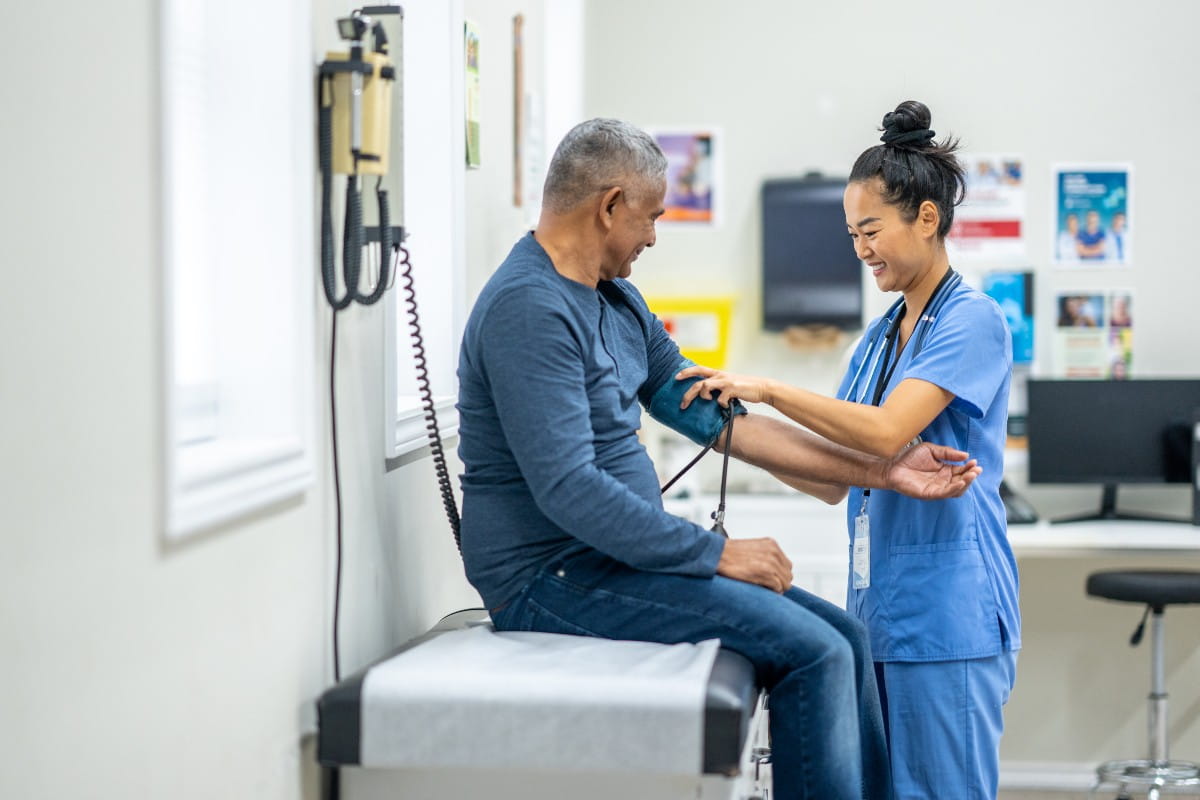In this blog, we will discuss three vital signs more in depth: respiratory rate, body temperature and oxygen saturation.
Respiratory/Breathing Rate
A respiratory or breathing rate is the number of times a person takes a breath in one minute. A normal respiratory rate is 12 to 18 breaths per minute.
A person’s respiratory rate will be higher if they are exercising or experiencing difficulty breathing due to a medical emergency or trauma.
A person’s respiratory rate will be lower if they are resting, sleeping or during certain medical emergencies.
Body Temperature
A normal body temperature 97.8 to 99 degrees Fahrenheit. Your doctor might take your temperature from your mouth, ear or forehead. If you have a temperature above 100 degrees, accompanied by chills, sweating and body aches, you have a fever. Your doctor can tell you what medicine to take to reduce your fever.
Oxygen Saturation
A pulse oximeter is a small, non-invasive device that is used to measure the oxygen saturation levels in a person’s blood. It works by shining a light through a person’s finger (or earlobe, toe or nose) and measuring the amount of light that is absorbed by the blood. The device then uses this information to calculate the percentage of oxygen in the blood, which is known as the oxygen saturation level or SpO2. A normal pulse oximeter reading for healthy adults and children will be between 95% and 100%.
Vital Signs: Contact Us Today
We hope this information helps! Don’t hesitate to ask your nurse or doctor about your vital signs. They are truly that: vital.
Categories: Blog, Health Tips, Illnesses|Tags: md express urgent care, Vital Signs
At Riverside Health, we're dedicated to compassionate, collaborative care. We provide a wide range of services, from childbirth to end-of-life care, delivering over 2 million services each year. Our integrated network allows us to support you seamlessly through health, illness, recovery, and wellness. With top clinicians and advanced technology, we’re here for you at convenient locations close to home and work. Visit riversideonline.com.
If you’re wondering where the best place is to get care, please see our guide below:
If your problem is life- or limb-threatening, call 911 or go to the emergency room.
Primary Care – Schedule through MyChart or call your provider’s office who you go to for most health care needs.
Virtual Clinic – Schedule through MyChart or click Here to learn more about Primary Care On Demand.
MD Express Urgent Care – Click Here to find a location near you for after-hours care or when your primary care provider is busy.
If you’re not sure, call Riverside Nurse 24/7 at 1-800-675-6368



